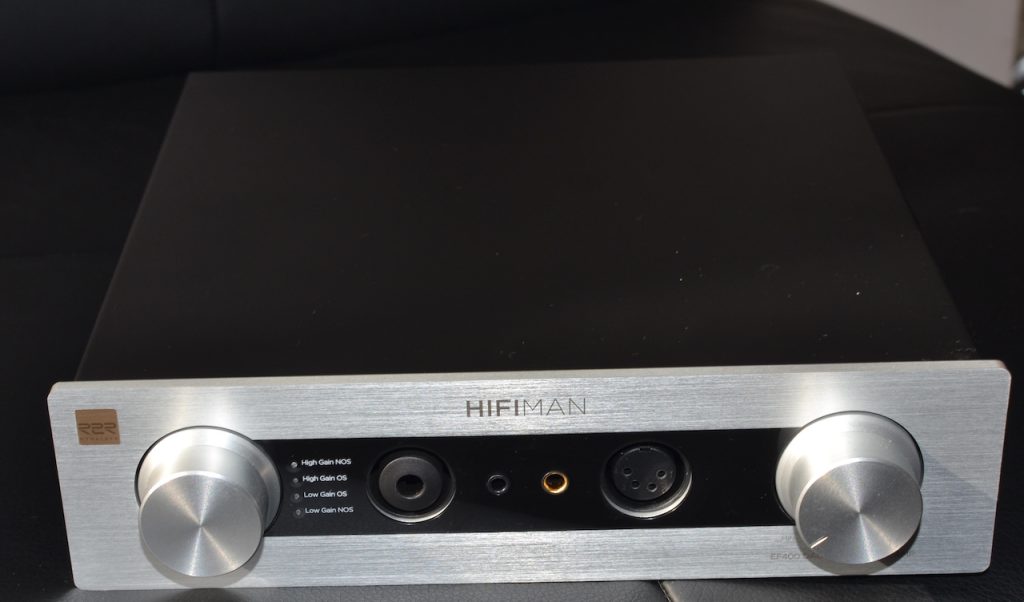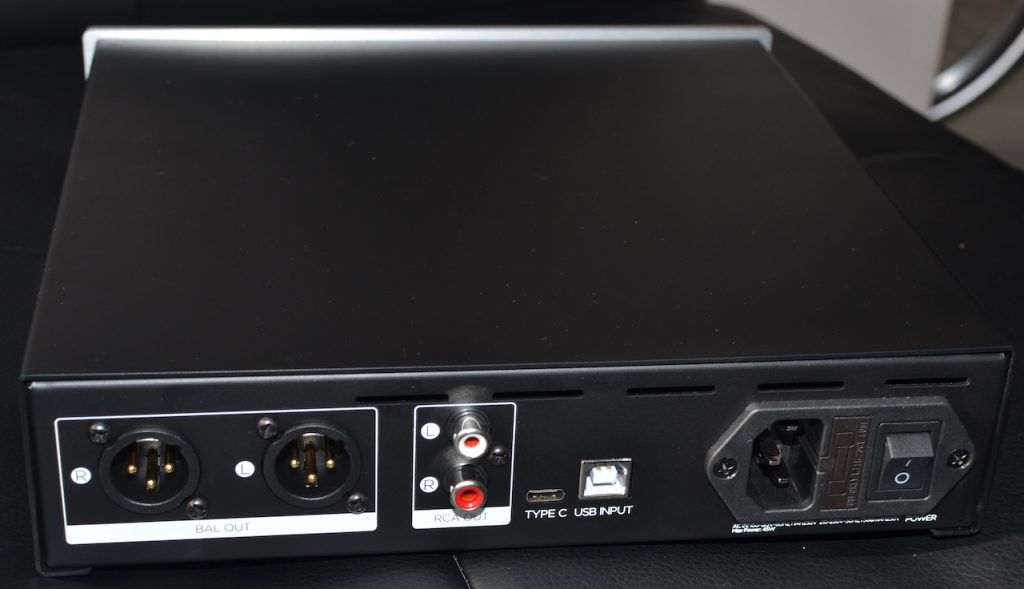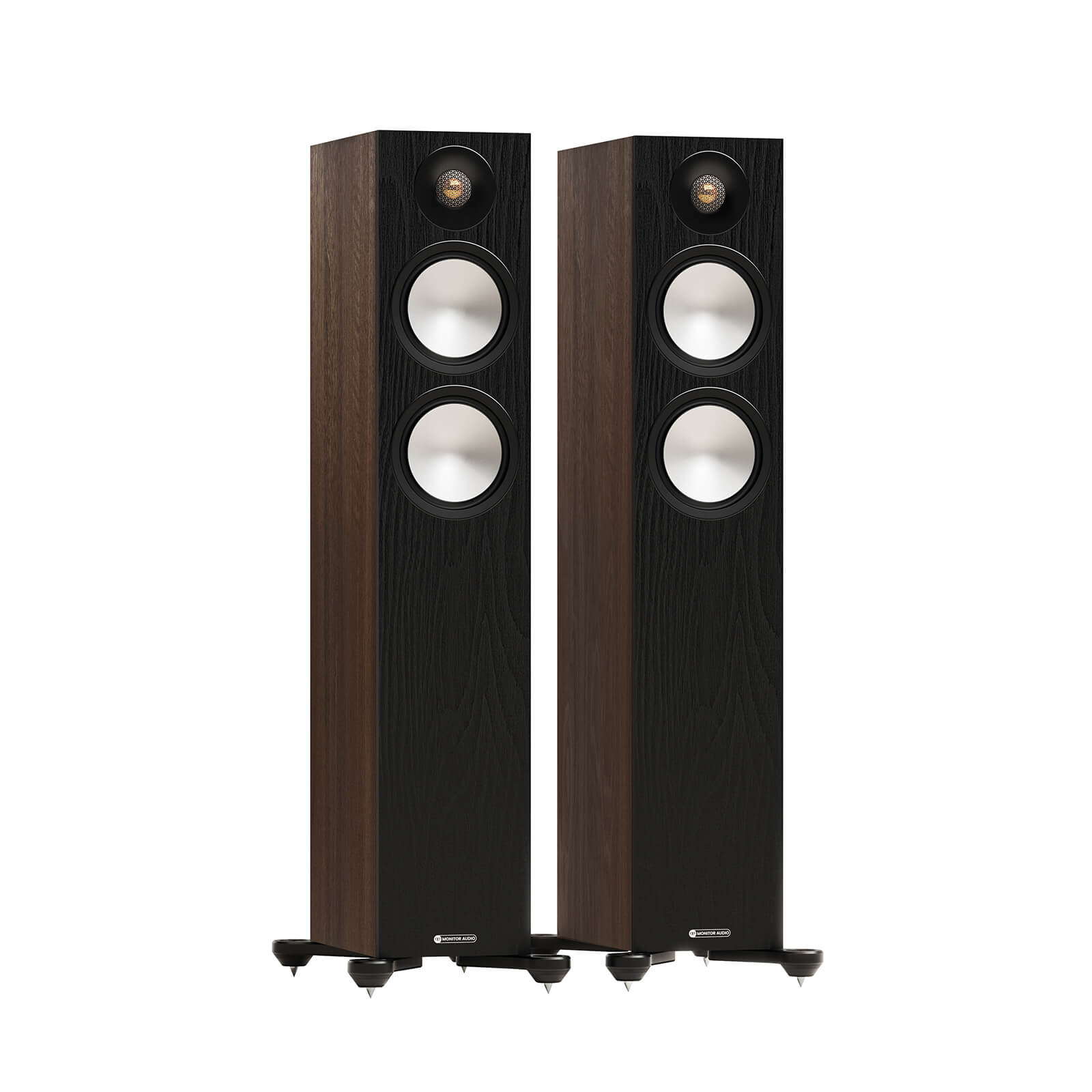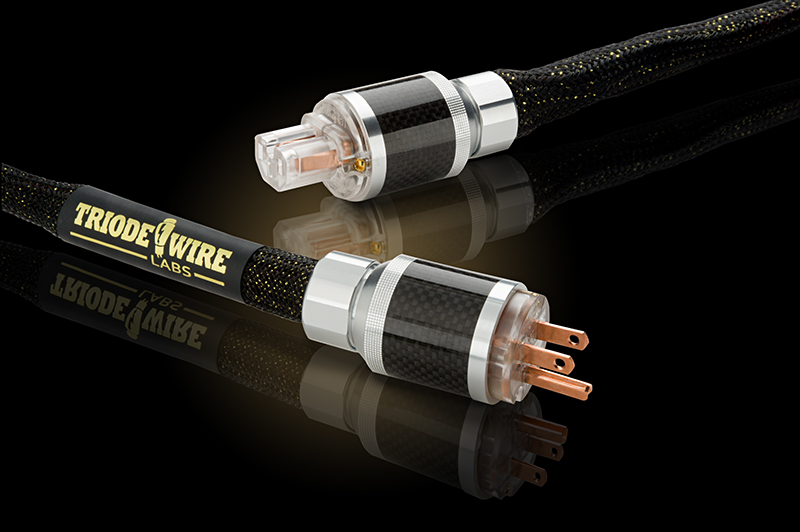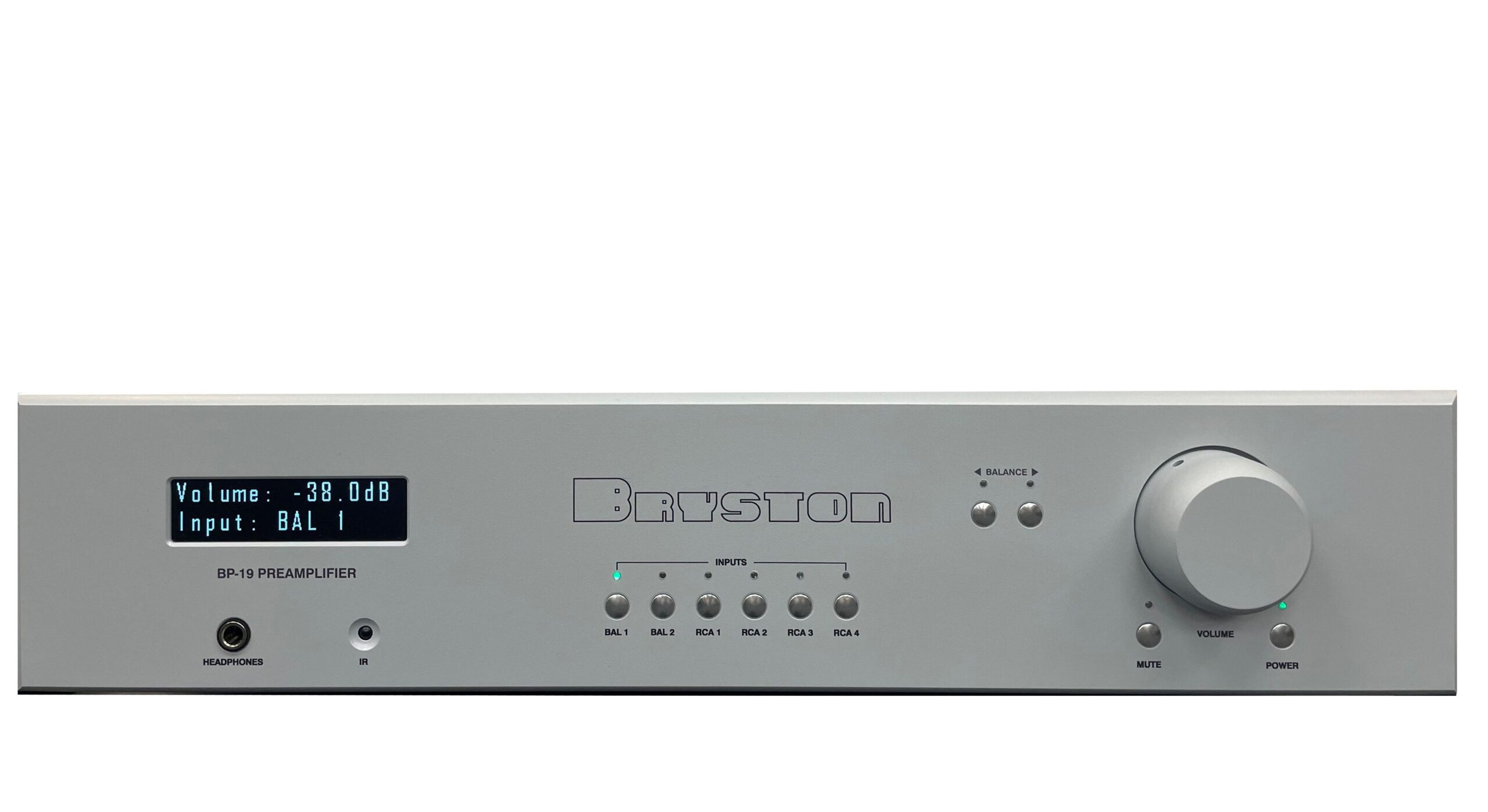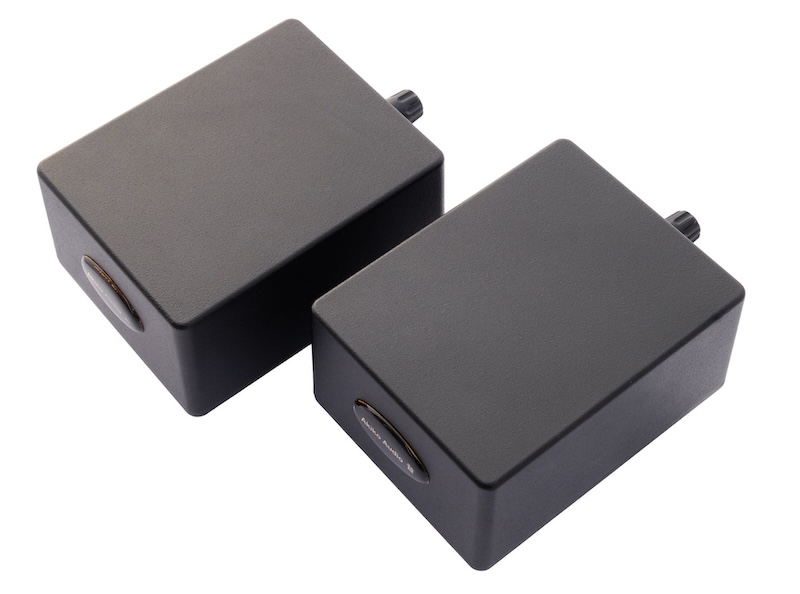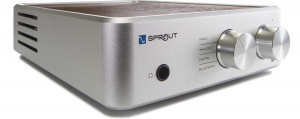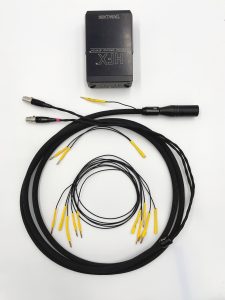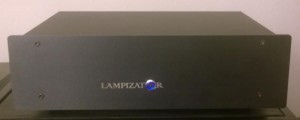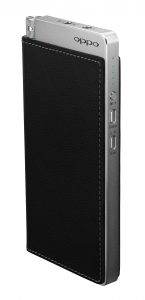One of the more commercially successful combinations in the audiophile sphere, over the past decade, has been the amplifier/digital to analog converter combo. You can now choose this combo component from dozens of brands from prices that vary very widely from a few hundred dollars for a basic, no-frills component, to models like the Boulder 812, that sport price tags in the 5-figure US Dollar range.
The build quality and performance of this combo component also varies as widely as its price range, and in most cases you get what your pay for. There are, however, a few exceptions where the build quality and performance of the component is comparable to rivals that cost a whole lot more, and the HIFIMAN EF400 is one of the best examples of this.
HIFIMAN was founded by Dr. Fang Bian in New York in 2007. Dr. Bian then decided to move to China so as to be closer to and have more control over its production facilities.
Dr. Fang is known to march to the beat of his own drum, as is well illustrated by the fact that HIFIMAN's early digital audio players and digital to analog converters used R2R DACs instead of the delta-sigma formats that are the choice of most of the rest of the high-end audio industry. That preference has carried over to the HIFIMAN EF400.
When you first encounter the EF400 you cannot help but marvel at its heft, its finish, and its very upmarket design that comprises of a brushed aluminum plate mounted on a case with a matte black finish that makes for a very handsome component.
The EF400's facade sports two oversized knobs and four headphone outputs; two balanced and two single ended via 6.35mm, 3.5mm 4.4,, Pentacon Jacks and a 4-pin XLR. You have the choice of four different gain settings; High Gain non oversampling, Low Gain non oversampling, High Gain oversampling and Low Gain oversampling.
On the technical specification front, the EF400 offers full PCM decoding up to 24-bits and 768kHz, a signal to noise ratio of 120dB, total harmonic distortion of 0.022% and power consumption of 12mW. In its power section, the EF400 has a fully discrete circuit that includes 30,000uF capacitors and a four-channel differential structure that delivers a maximum output of 10.7 Vrms on a 36-ohm load which should be able to drive most headphones without breaking a sweat. It is also equipped with a muscular oxygen-free copper wire toroidal transformer, which is one of the reasons why this little component weighs so much.
For this review, I connected the EF400 to my iMac via its USB-B input. It can also be connected to your iPhone via classic ddHiFi TC28i and a standard USB-C to USB-C cable. In every case, the EF400 will be identified as a DAC. If you connect it to a Windows system you may need to wait a bit longer for the operating system gets the right driver. My iMac sources music through the Roon system which does an outstanding job in organizing my library of around quarter of a million tracks, most of them in higher than Redbook resolution, in a way that makes it easy, fast and simple to access the track I want.
On the rear, you will find an XLR and an RCA line outputs and two USB inputs one of them Type B, and the other Type C. No optical or coaxial inputs are offered. The rear also has the power switch and the plug for the power cord as well as a compartment that contains the replaceable fuse. On the underside is a switch that lets you toggle between 115 volts and 230 volts. If your audio system is mounted on a rack that makes it difficult to access the back of the component, you might find the rear location of the power switch annoying every time you need to switch the EF400 on or off.
The steps to get the EF400 operational is very simple. Plug in and connect the power cord, connect the EF400 to your phone, computer, or any other digital source, insert your headphone jack or connect the XLR or RCA fixed analog outputs to your preamp and power amp (if you need more power output than what the EF400 offers), power it on and you are good to go. If you do use one of the fixed line-outs the signal is sent to your preamp directly from the R2R DAC inside the EF400.
The EF400 uses the R2R architecture Himalaya DAC that uses a ladder of resistors to convert a digital binary number to an analog output signal that is proportional to the value of the digital number. It is quite rare to see an R2R DAC in a component that sells for just $599 because R2R DACs are usually quite pricey
Since this architecture is more expensive and complicated to implement when compared to the more common Sigma Delta DACs, HIFIMAN decided to combine the best of both worlds by utilizing their own unique algorithm to reduce distortion between the peripheral components because of the fact that the R2R configuration can be adversely affected by electrical interferences.
The EF400 has a maximum power output of 4.4 watts through its headphone outputs which is more than enough to drive most headphones quite comfortably. There is a general perception that R2R DACs with non-oversampling deliver sound that is less analytical but more musical and I thought this would be a good opportunity to check for myself if this perception is true, as least, as it applies to the EF400.
I auditioned the EF400 with two headphones; the HIFIMAN Arya and the Sennheiser HD 600. I began with the track "El Vendedor de Agua" composed by Los Compadres played by Trio Palabras and from the album Lo Que Dice Mi Cantar. Through the Arya headphones, the midrange was well articulated, the highs were sweet and airy, and the bass was tight and tuneful. The voices of the three divas on this track blended beautifully to produce extremely pleasing harmonies. Through the HD 600, the same track was delivered with more micro details and the female voices had more texture and presence. When toggling between the NOS and OS modes, the differences were subtle, with the OS sounding a tad fuller in the midrange through both, the Arya and the HD 600.
Next up, I listened to the track "Close to the Soul" performed by Keith Greeninger and Larry Diehl from the album of the same name and produced by the Blue Coast Records label. This album which was sound engineered by the inimitable Cookie Marenco, is ideal for auditioning audio equipment because it is so well recorded. Through the Arya, the EF400 rendered an extremely clean and vibrant delivery of this track. The two male voices were reproduced with incredible ease and effortlessness. There was also a good deal of dynamic contrast that added to the listening enjoyment. Through the HD 600, highs were smooth and detailed while the bass had just the right weight to it.
I then moved on to the "Rondo Allegro" track from the Tempete album featuring Edna Stern on the piano. This recording was produced by the Luna record label. The piano is, arguably, one of the most difficult instruments for any audio system to reproduce accurately because of its almost infinite variations in terms of attack, delay, and weight of every note and combination of notes, based on how the ivories are tickled on this highly revered musical instrument. Through the Arya, the EF400 reproduced this piano performance with extraordinarily accurate tonality and weight. In contrast, the EF400/HD 600 combo delivered this track with more energy, texture and solidity across the whole audible frequency spectrum.
I ended this audition with the track "Nardis," from Patricia Barber's Café Blue album produced by the FIM label. Through the Arya, the EF400 delivered the percussion part of this track with excellent PRaT and with great deal of tactile guile. On the other hand, through the HD 600, the EF400 was able to deliver more slam and dynamics for a truly thrilling listening experience.
It became quite apparent from this audition, that the sound that you hear from the EF400 will be heavily influenced by the brand and model of the headphones that you use. This being the case, if you do invest in the EF400, before you buy a pair of headphones to go with the EF400, you would be well advised to try out various headphones to gauge as to which pair delivers sound that is most pleasing to your ears.
As for the question of whether R2R DACs are more musical but less detailed than Sigma-Delta DACs, I was not able to reach a conclusive verdict because, during my audition, the EF400 delivered both micro details and a sense of musicality in the same way as I have heard from amplifier DACs that sported more than twice the price of the EF400.
I have heard amplifier DACs that sound better than the EF400, but then they not only cost twice as much as the EF400 but some of them do not even offer the same bullet proof build quality as the EF400. What that means is the if you are in the market for an amplifier DAC in the sub $1000 range, you would be hard pressed to do better than the EF400.
EF400 DAC/Headphone Amplifier
Retail: $599
HIFIMAN
1.201.443.4626
2602 Beltagh Ave.
Bellmore, NY11710
USA




